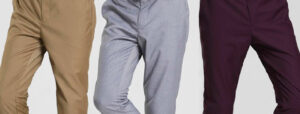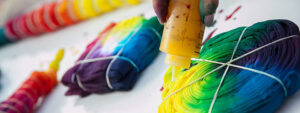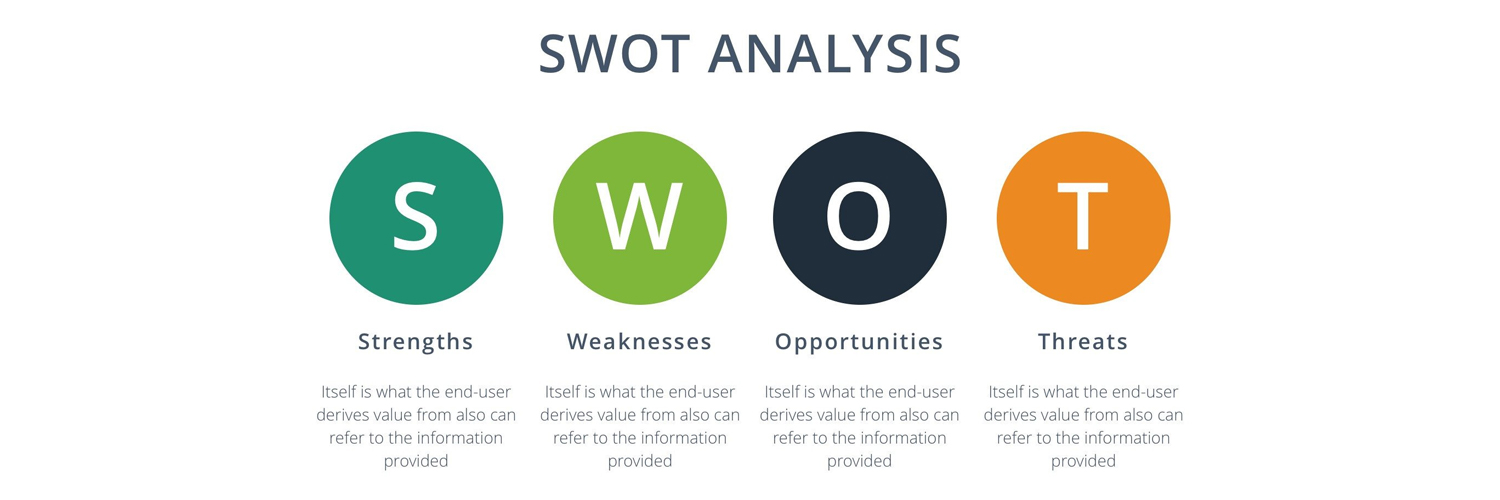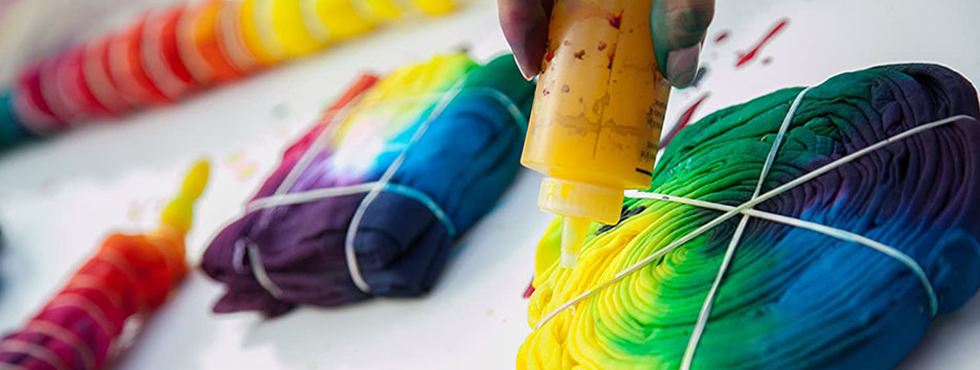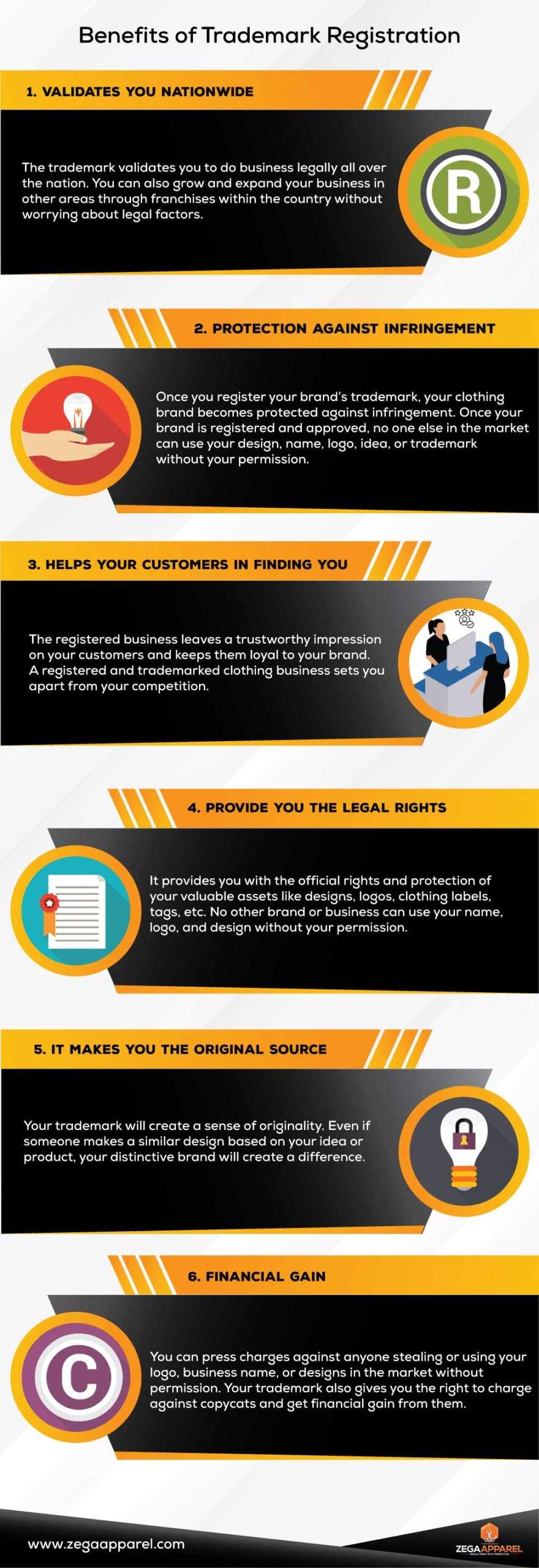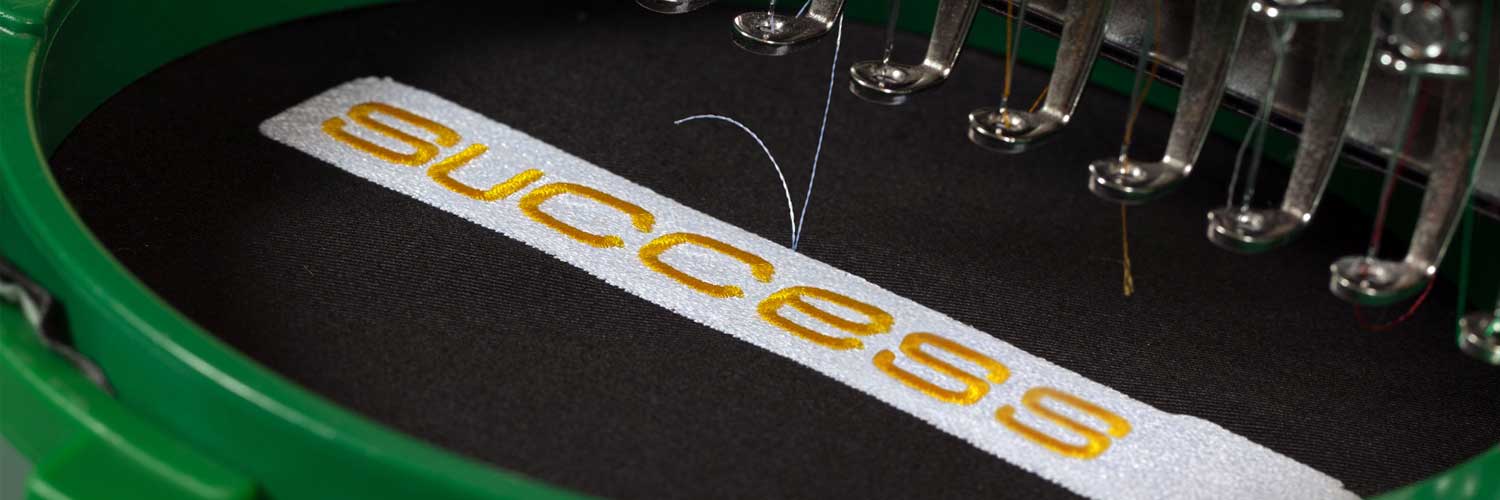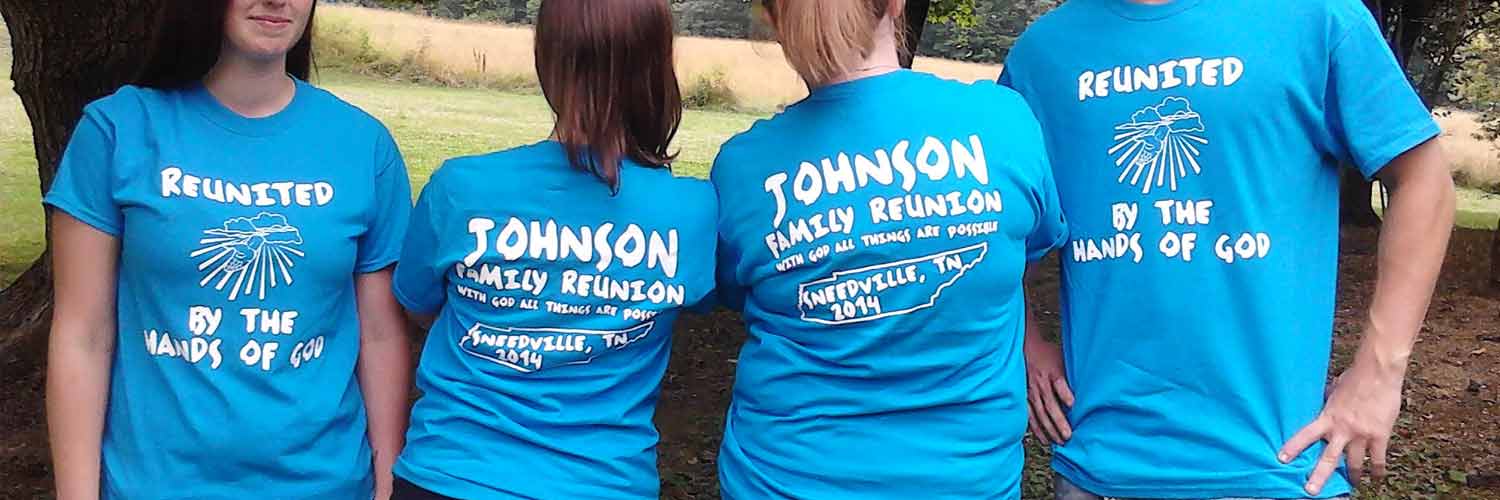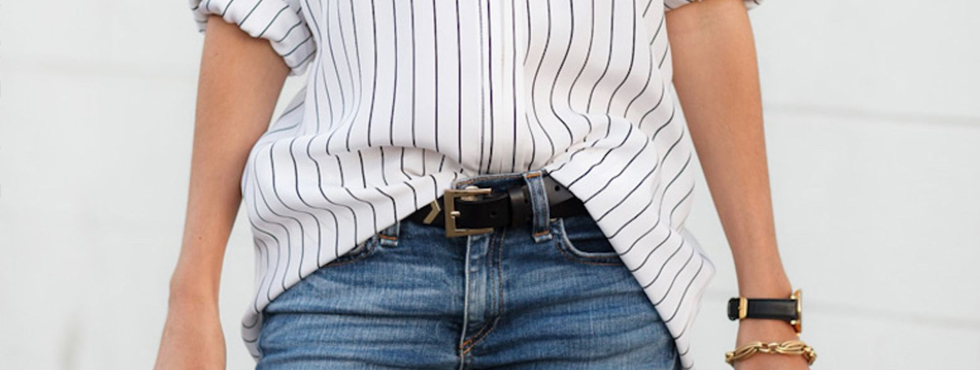Starting a children’s clothing line from scratch is a daunting process that requires great attention, and most importantly, you must be passionate about it. If you are willing to start your clothing line and produce clothes that are high in demand but low in competition to sell, you need to follow the essential steps for opening up a successful kid’s clothing brand.
We have created a beginner’s guide that covers all aspects. This blog helps you launch your kid’s clothing brand, market the business to reach your target audience and make financial decisions.
Note: The blog also lists tips and strategies to outgrow your kid’s Apparel clothing line.
A Perfect Approach to Launch Your Own Kids Clothing Line
Here is a perfect approach to launch your Toddler’s clothing line.
-
Research your options
The kid’s clothing line is a vast space. There are tons of clothing ideas for babies and toddlers. The baby’s clothing line has unique requirements, so before you start designing and producing the clothing line, you need to explore the trends and styles currently going on in the market.
Visits websites, read blogs and articles related to baby clothing and analyze the sentiments of new parents about the baby clothing line. Try to figure out what kinds of clothes they are looking for and what colors they are looking for.
Explored different prints, patterns, and fabric options for creating a baby clothing line.
-
Understand the basic needs to craft a baby clothing line
Every type of clothing line has a unique set of requirements that makes clothing successful. For children, the introductory provisions are comfortable fabric, safety, and durable clothes.
-
Comfortable
Toddlers have soft skin prone to infections, so a smooth, comfortable, and easy-to-skin fabric can provide comfortable wear to the infant without irritating him.
-
Safety
Ensure the fabric and materials you use in the baby clothing line don’t pose any risk or choking hazard. Ensure you use children-friendly buttons, zippers, and materials in the toddler clothing line.
-
Find your target audience
Well, it’s 2024, and no clothing line doesn’t have an audience market. No matter which clothing line you sell, the apparel sector is in great demand and has a target audience for all its niches. Worldwide, more and more customers are willing to buy new, unique, cute designs from fashion and apparel brands for kids.
Here, your primary targets are the toddlers’ parents as they will shop for their kids’ clothes. So, you’ll need to add fabrics and materials per these decision-maker’s preferences to impress them.
You only need to impress them. If you can impress them with your magical and creative clothes for babies, you can count the sales made.
-
Chase a manufacturer
Now, you need to research the manufacturers. Supplier or children’s clothes manufacturer is another fundamental principle of your clothing business. Connecting your business with the right children’s clothes manufacturer is very important.
You can get print-on-demand services from custom manufacturers and get whatever design printed on your preferred fabrics. Working with custom manufacturers has several benefits, such as:
- You can have more significant profit margins.
- You can produce a unique clothing line.
- You can have better control over the marketing of your brand.
- You can start your brand.
-
Make your designs
here, the central part comes in: the design of your clothing line. For designing your clothing lines, you are free to take inspiration from anything you find attractive, and it could be a color theme from any cartoon or any design.
Over kids’ colorful clothes look promising so that you can be as creative as possible. You can play with different designs, styles, and themes. A couple of software programs could help design clothes for kids, such as Adobe Illustrator, or you can hire a professional clothes designer to make the tech pack and design ready to hand over to the manufacturer.
Once your designs are ready, you can send them to the manufacturer and ask them to create a sample clothing line, and then, if everything is as per your demands, you can go ahead with bulk production.
You can add funny texts and designs over the kid’s clothing line to make them even more attractive. These custom designs tend to attract both parents and children.
-
Market your clothing line.
While your manufacturer works on your clothing line, you can work on marketing your brand. It’s the best time to raise awareness for your clothing brand. You can create your online presence by setting up social media pages on social media channels.
For example, Instagram & Facebook have become a new marketplace for new parents. Instead of going to the market, new parents shop online and get clothes delivered to their doorstep.
So, set up social media pages, engage with parents, and let your audience know what product you are selling and what problem it can solve.
-
Set up a website/ eCommerce Channel
The e-commerce channels are the new talk of the town, and it’s here to stay, so whether you are starting a new clothing brand or looking for new ways to grow your business, setting up e-commerce channels is one of the best ways for it.
You can now easily set up your clothing shop using Wix and Shopify e-commerce platforms or create your website to sell online. You can sell your products online to any corner of the world.
To increase the rankings of your website, you can use digital meeting tools such as Google ads, SEO, SEO, and more to attract customers to your brand.
Kids clothing line design ideas
Here are some T-shirt design ideas for kids that you can start with.
- Family sets
- Creative cartoons
- Animals
- Alphabetic
- Crosswords
- Minimalistic
- Vibrant
- Funny texts
- DIY inspired
- Cute and attractive patterns
And much more. We have a team of professional designers & children’s clothing experts who can provide on-demand customization services based on your needs.
Things to Consider When Starting a Children’s Clothing Business
Stepping into the kids’ clothing business is an excellent option and a solid move, a statement that can provide you with good growth from the start if you choose the right strategy.
The first and essential component in this industry is to have a fashion sense about the types of clothes that you are selling. Here is a breakdown of the process of starting your baby clothing line.
Business Plan
Creating a business plan is the most critical aspect of starting any business. This plan includes the logo, business definition, mission, vision, action plan, financing solutions, and strategies.
A strong clothing line business plan with unique selling points and targeting the right audience is critical. It’s essential to bring innovation to the business plan, as it increases your chances of ranking among the competitors and tells you where you and your business are going.
Competitors are another essential part of any business. Pay great attention to your competitor’s marketing and pricing strategies. Studying your competitor’s methods and techniques will help you be competitive in the market.
Licensing your Business
Licensing your business is an essential initial step that one must follow. Licensing in the business and retail industry is relatively easy. An LLC (Limited Liability Company) is the best approach for opening a children’s clothing store for a single owner.
If you are working with partners, then LLP (Limited Liability Partnership) is a better approach for them. Before getting started, register your business with the state tax office and pay all the taxes. Writing your business within the country is a common requirement.
The E-commerce Strategy
Recently, e-commerce has experienced rapid global expansion. You, too, can establish an e-commerce store by integrating your inventory with it. Nowadays, more and more customers are shifting to online shopping, so having a customer physical kid’s clothing store and an e-commerce platform covering the customers’ needs online is a win-win situation for your business.
You can work on both methods by creating audience segments and updating them with emails or other forms. You can also advertise in-store events, campaigns, sales, and more. Using clothing brand marketing strategies, you can easily create a voice for your brand and efficiently target your customers through your e-commerce platform.
Both of these methods combined add diversification to your children’s clothing business.
- The Instagram marketing
- Facebook marketplace marketing
- Social media marketing with the help of influencers (you can connect with any influencer who is a mom or is going to be a mom)
- Google Ads, Facebook ads, YouTube ads, etc.
- Mom groups and communities
What to look for in the Kids’ Clothing Manufacturer or Supplier
When searching for suppliers, it’s essential to keep certain considerations in mind from both seller and buyer perspectives.
When searching for suppliers, it’s essential to consider specific considerations from both seller and buyer perspectives.
From the Seller’s Point of View
Are They Able to Provide the Product you Are Looking for?
This is an obvious question but essential to consider. Out of hundreds of manufacturers in the market, you can rely on just a few. For instance, baby clothing requires extra details and attention, like clothes must be comfortable and friendly.
The manufacturer you are picking must be able to provide you with flexible choices, and you should be free to choose whatever material you want. You should check my guide on how to find clothing manufacturers.
Are they Overseas Clothing Manufacturers
Choosing an overseas clothing manufacturer benefits you because of the cost as they are cheaper. Some apparel manufacturers are affordable because of their labor standards and unregulated working conditions, which you should remember.
Can they provide your Samples?
Well, there is a reason behind trying before buying. So, if a manufacturer provides you with a sample of your order, they are professional. By getting pieces, you can know the clothes’ quality, make any adjustments if you like them, and then go ahead with bulk production.
Sampling before bulk production is an essential practice that professional manufacturers use. I have also created a guide about finding the right clothing sample maker to check!
What is the Minimum Order Quantity (MOQ)?
You should know their minimum order quantity when working with a custom clothes manufacturer. The Minimum Order Quantity could range from 50 to 2000 items or more.
The manufacturer offering you a minimum order quantity is beneficial for you as with them, you can order less quantity according to your needs and budgets.
From a Customer Point of View
Comfort
The kid’s clothing must be comfortable, or the kids wearing it will constantly complain about it. If you want your customers to stay loyal to your brand, you produce a comfortable clothing quality that kids enjoy wearing. If your clothing line is relaxed, more and more parents will likely buy it.
Durability of Clothes
Parents hate it when their kids’ clothes are torn up quickly, even within the initial days of usage, stained promptly, and fall apart in just a few wearing sessions.
Flexible features and durability are critical points that parents look for. Go for a manufacturer that provides solid stitching fabrics, flexibility, and stain resistance.
Safety
Safety is an important point that customers look for when buying kid’s clothes. They must be safe and must not be exposed to hazardous features.
For instance, the kid’s pajamas should be made up of heat-resistant material. Moreover, other factors, like pajamas, should be little fit and follow safety standards.
Is Baby Clothing Business Profitable?
The kids’ clothing business is considered profitable, as this industry is filled with many customers and a ready market. You need to determine customer demand and the target market where your product will sell.
Children’s stores can generate an annual income of around $5 million based on your location. Any small physical store can have sales of about $150,000. At the same time, the average net profit for kids’ apparel lies between 5 to 10%.
By adding trending styles and fashion, you can hit the maximum profits.
Is there a potential audience market for a Kids clothing line?
There is a potential rising growth in the kid’s apparel market in 2024. Customer needs and demands are changing day by day as per the increasing trends in the industry. Back then, when parents liked their kids, traditional clothes were not a fashion anymore. Nowadays, most parents want to dress their little ones in the latest fashionable and ethnic clothing.
To be a successful brand in the clothing industry, you need to understand who you are selling to. After identifying a clothing line for your brand, you must personalize your brand marketing campaigns, clothes, and offerings per their taste. For example, parents love to buy colorful clothes for their kids at an early age, so this is one way you can appeal to your customers.
Best Marketing Strategies for Your Kid’s Clothing Brand
Your target customer is the only person you need to convince; in the case of a kid’s clothing brand, your only target customer is “Mom.” The mom group lies in every demographic group, and the current generation of moms is highly connected with social media and has strong knowledge about websites. So, it’s easier for your brand to attract a mom through your social media channel. Here are some of the best strategies to pull mom audience towards your clothing brand:
The Bottom Line
The process sounds lengthy, but I am sure you will have a clearer picture of how to start a baby clothing business with this blog. We have outlined the whole procedure and some factors you must consider. You must pick a niche, develop your brand, research, understand, and work according to the legal requirements, design your styles, work with manufacturers, and take your clothes to the market.



